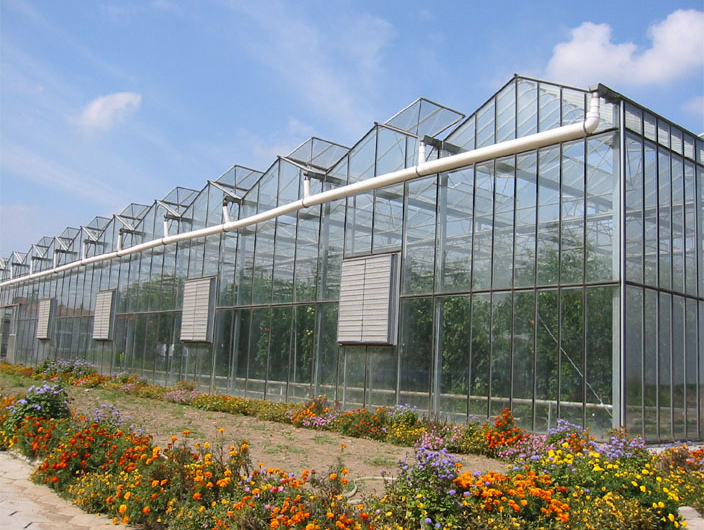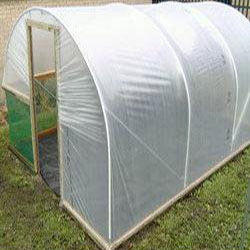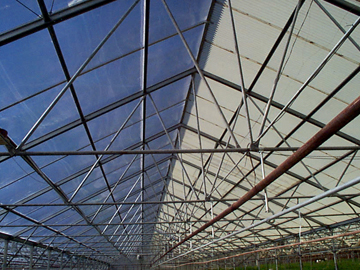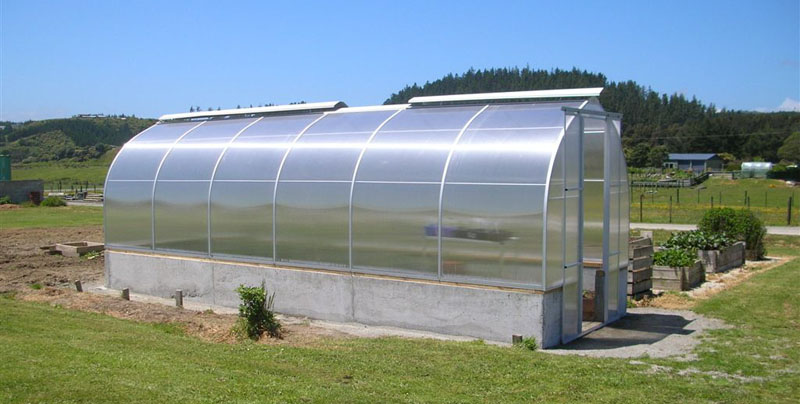Greenhouse Coverings
Greenhouse covering is the material that covers the greenhouse frame and plays a key role
in heat retention. The most widely used materials are polycarbonate and polyethylene film.
Covers
Several types of covering materials are presently available. Which one is best, or most
economical over the long term, is not easy to state. Glass has been the long-time standard
and is still the most stable but other film and rigid plastic materials are offering lower cost
coverings but with varying levels of dependability and life.
Glass
Advantages- allows 90% of the light that hits the surface to be transmitted into the
greenhouse, provides really good air exchange, reduces the risk of fungus
Disadvantages- difficult to maintain and prone to more leaks, more expensive to install,
heavy, prone to breaking under normal conditions, subject to vandalism, limited to what
shape of greenhouse you can have.
Plastic Film
Advantages- lightweight, can be used on a wide-range of greenhouse designs, virtually no
leaks, better insulated, inexpensive to install
Disadvantages- short life-span, condensation build-up because of lack of airflow.
Fiberglass
Fiberglass panels can be clear or translucent, but still lets about as much light into the
greenhouse as glass does, and may allow more light in when the sun is at low angles because
very little light is reflected.
Advantages- allows the same amount of light as glass (90%), easier to cool than a glass
greenhouse
Disadvantages- prone to UV light, dust and pollution degradation (becomes brittle), very
flammable
Acrylic and Polycarbonate
Advantages- Acrylic lasts up to 25 years, polycarbonate will last between 10-15 years, very
lightweight, good light transmission and excellent heat insulation
Disadvantages- expensive covering along with glass, flammable




